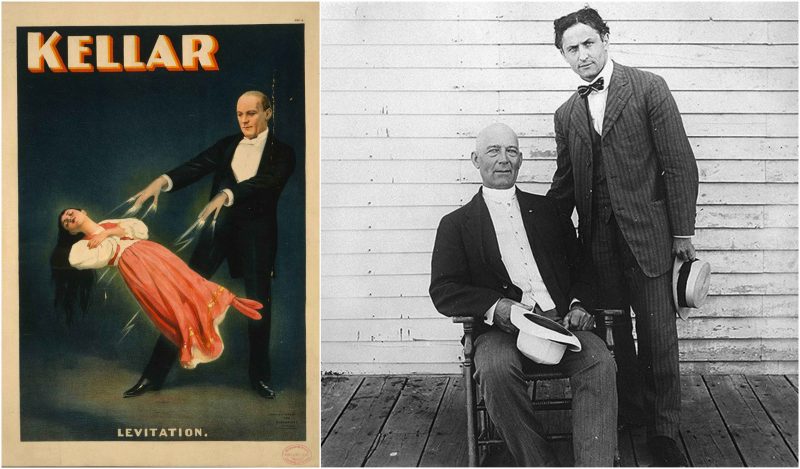If you happen to wonder who was the most prolific American magician during the late 19th century and early 20th century, the answer is Harry Kellar, the so-called Dean of American Magicians. Spectacular onstage, Kellar rose to fame for several of his tricks, the most popular being a levitation act that featured a woman–Princess Karnac–who floats and hovers in the air. He became so famous that he even delivered a show for President Roosevelt and his family at the White House.
Born in Pennsylvania in 1849 to an immigrant family, the Dean had a birth name of Heinrich Kellar. As young as 10, the world’s next great magician already had his first job, at a local pharmacy in his hometown of Erie.
Life was normal until one day he messed around with the chemicals at the store and blew a big hole in the floor. Aware that his father would be angry, he ran away from Erie and eventually ended up in New York. For a short period of time, the kid lived under the roof of a minister.
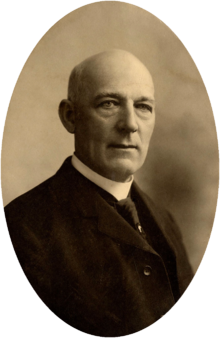
The minister offered to take responsibility of Harry under the condition that he would pursue his studies and build himself a career as a minister. Though Harry initially agreed to the plan, quickly enough such a vision for life was out of the question. Everything changed for Harry the day he attended a magical show hosted by the Fakir of Ava, and the great adventure of being a magician for a lifetime found its starting point. Harry abandoned the minister and followed the Fakir, eventually becoming his pupil. That’s when he learned some of his first tricks of magic and illusion.
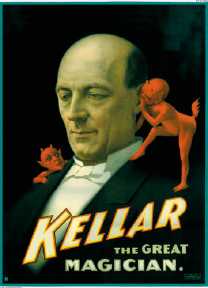
Harry Kellar delivered his very first performance in Michigan, but everything went wrong at the debut. Several more disastrous shows followed, and his performances didn’t get any better until after he joined up with the Devonport Brothers and William Fay. They were prominent theatrical mediums back in the day, part of the spiritualists movement. Kellar spent a couple of years as the group’s manager, traveling around the United States, and he didn’t lose time trying to learn more complex acts such as the cabinet trick. In fact, he soon outpaced his colleagues with his skills.
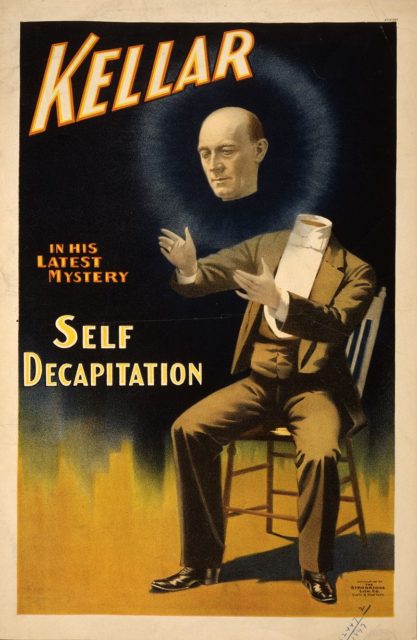
By 1873, it was only Kellar and Fay on the road. The two were successfully delivering shows around Mexico as well as South America. However, their fortunes changed when a ship on which the twosome were traveling was caught in a dangerous storm at sea.
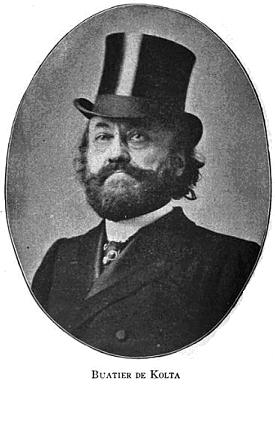
The ship sank in the Bay of Biscay, their entire luggage lost, including Keller’s magical equipment. He survived the shipwreck, but he had nothing at this point except for the clothes on his back and a diamond ring. As this happened, Kellar’s bank failed too and Fay abandoned him to rejoin with the Davenports.
Perhaps this was one of the most challenging times for the magician as he sorted out everything anew. Kellar eventually sold the precious ring when he reached London and used the money to purchase equipment for new performances, some of which he saw from other magicians who came to Britain. The Frenchman Buatier de Kolta allegedly inspired Kellar with the Vanishing Birdcage act. The Frenchman also included two more performers, Maskelyne and Cooke; Kellar followed their example and went on to form something similar as soon as he was back in America. He named his new theater “The Egyptian Hall.”
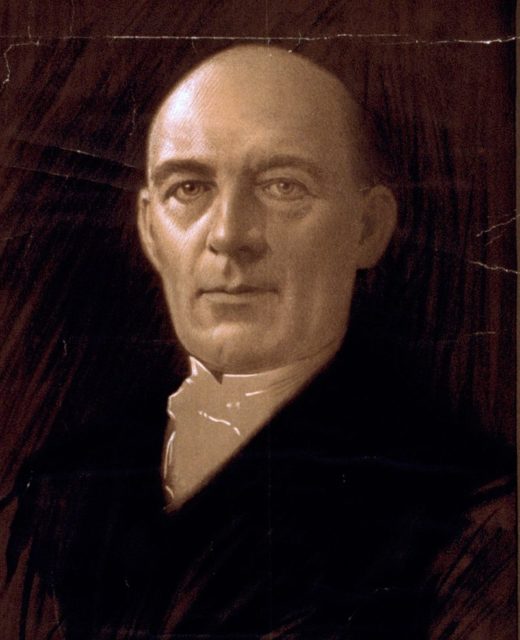
Kellar started touring again after some period, this time with Ling Look and Yamadura, all of whom starred under the stage name Royal Illusionists. During the world tour, unfortunately, it happened that in China both of Kellar’s partners lost their lives, after which Harry had to continue the journey alone.
After his short stay in Melbourne, Australia, in 1882, Kellar’s life became distinctly more magical. There he met Eva Medley, who was one of the fans to approach him after the show to collect an autograph. The two grew keen on each other over time and they would exchange letters and postcards. A couple of years later Eva arrived in America, and they got married.
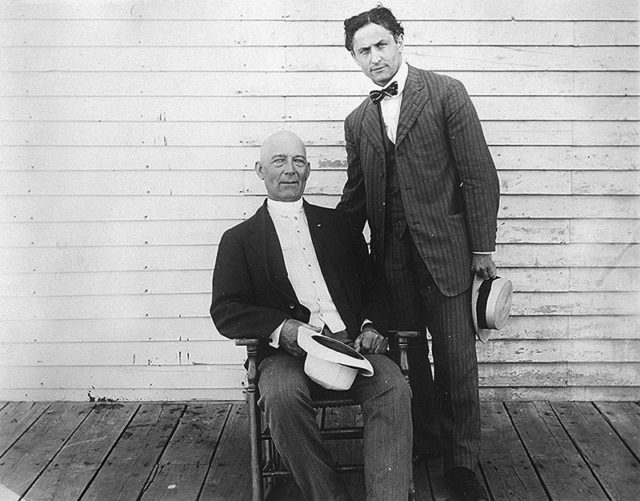
The spouses worked together on perhaps the most famed of all Kellar’s acts, the Levitation of Princess Karnac. Typically, a sleeping woman whom audiences were told is a Hindu princess rises from her couch, Kellar passing a hoop along her body to show she was not suspended. Many magicians were inspired by this performance and performed itt even decades later.
As the years passed, Kellar became only better and better. To advertise the shows, he would feature impish creatures or devils in the posters, giving the audience a subtle notion of mystery, that perhaps that his “magical powers” were obtained after negotiations with “dark forces.” That really clicked with people, and Kellar always sold out.
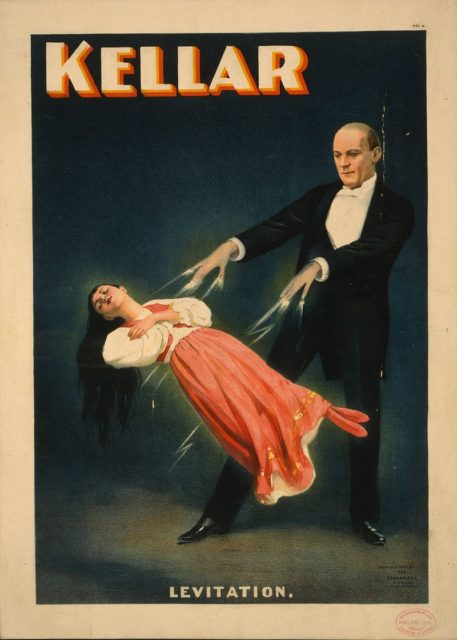
Towards the end of his career, Kellar became friends with Harry Houdini, who happened to be a great fan of the Dean. In fact, most of our knowledge about Kellar himself came from Houdini.
After Kellar had officially retired, he chose another man to succeed him, that being Ohio-born Howard Thurston. Similarly to Kellar, Thruston had run away from home while still a child. When he retired, Kellar and Eva moved to Los Angeles. She sadly passed away early on in their retirement, in 1910, and the magician lived on until 1922.
